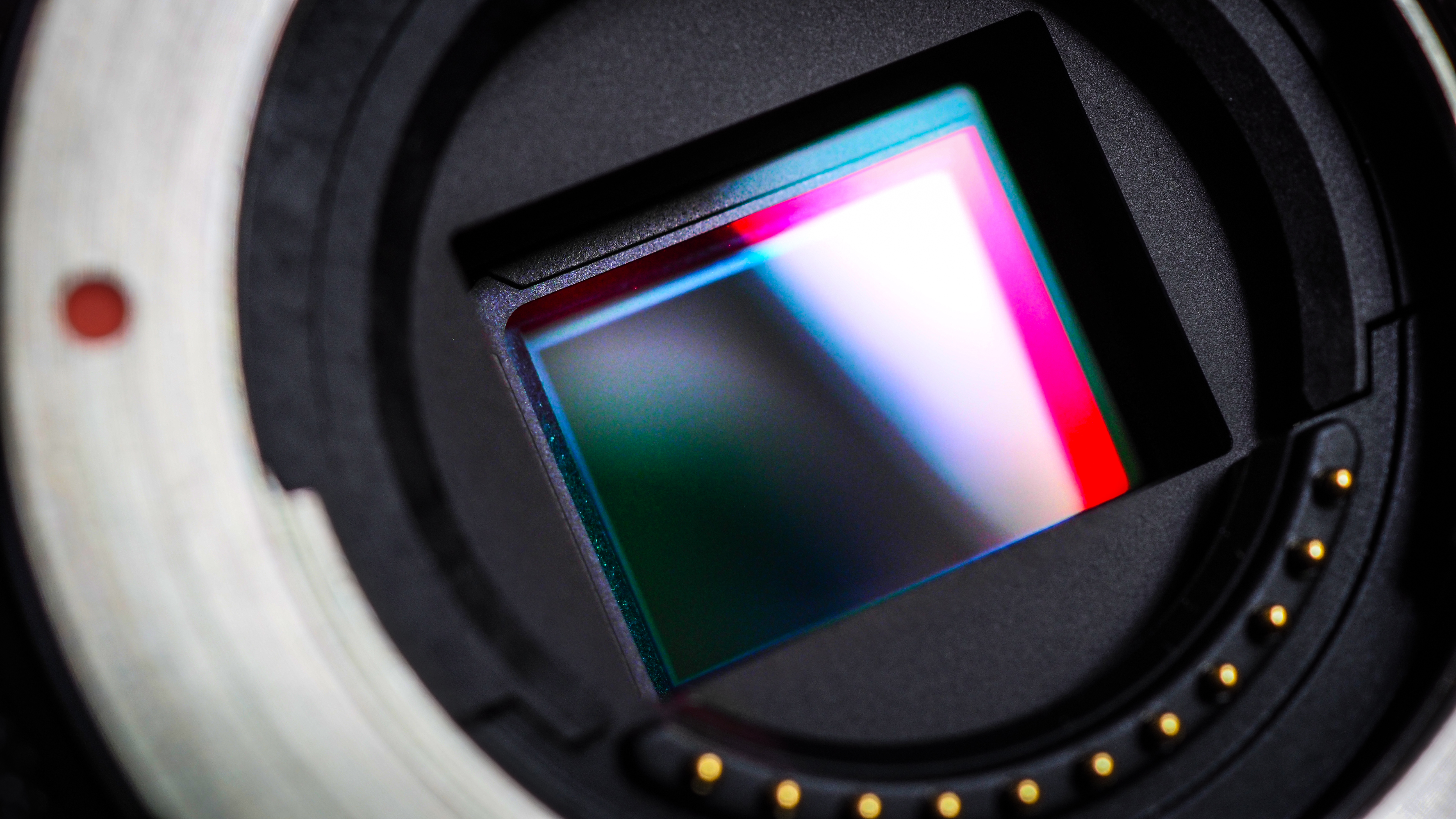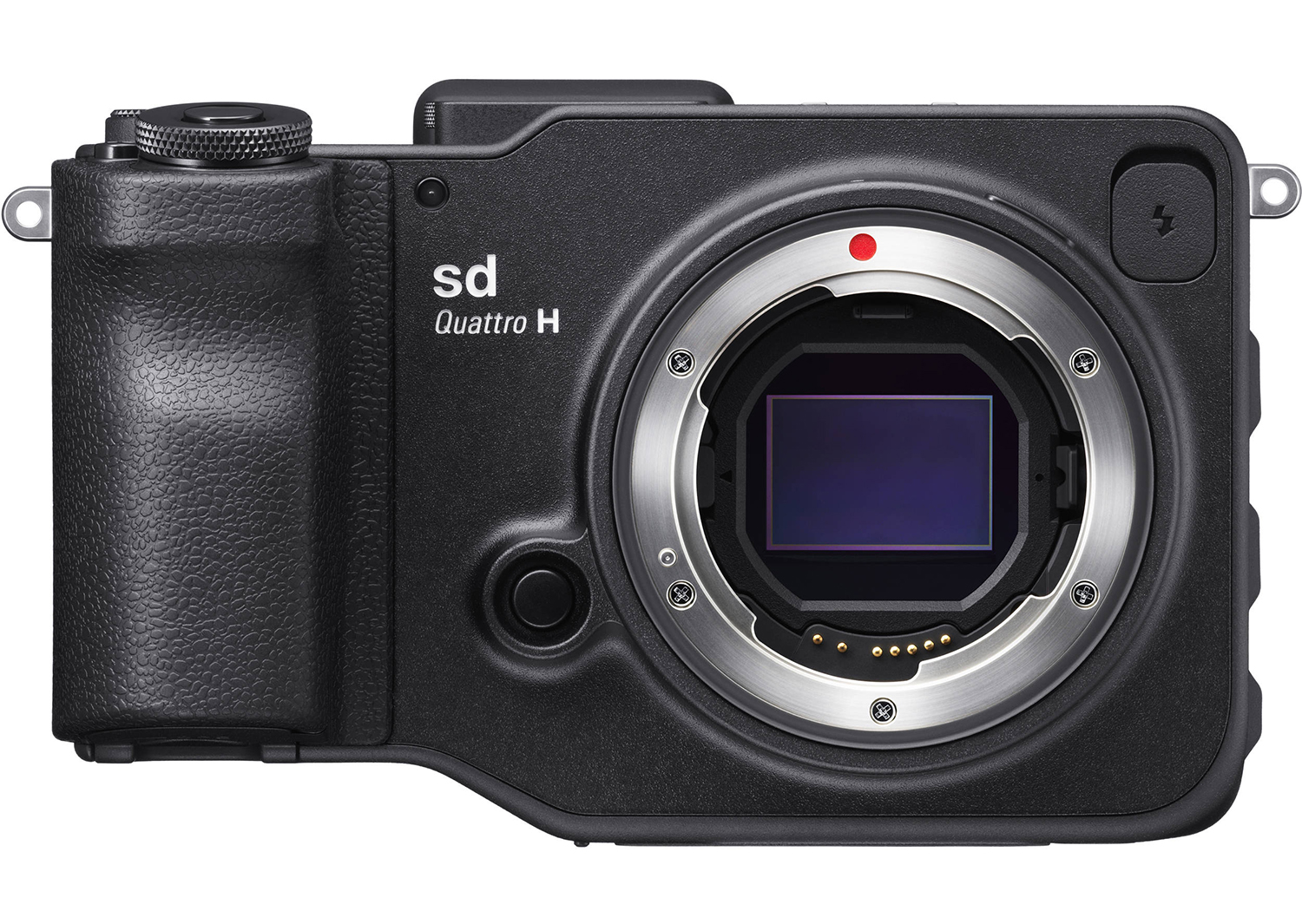Could Foveon sensors with global shutters be next? This company is researching a three-layer sensor with an unusual shutter
What happens when you mix two of the biggest innovations in sensor technology into one device?

Last year we finally saw a global shutter inside a full-frame professional stills camera (the Sony A9 III) – but 2025 is already looking promising for even deeper sensor research.
The International Solid-State Circuit Conference (ISSCC), an event held in California showcasing some of the latest research on circuits and sensors, doesn’t happen until February 2025, but the event’s published schedule has offered a glimpse at the research that will be shared during the conference. One of the surprises on the list? A three-layer stacked sensor capable of switching from a traditional rolling shutter to a global shutter.
Researchers from Samsung Electronics are expected to present research on a “A 3-Stacked Hybrid-Shutter CMOS Image Sensor with Switchable 1.2μm-Pitch 50Mpixel Rolling Shutter and 2.4μm-Pitch 12.5Mpixel Global Shutter Modes for Mobile Applications.”
That title is a mouthful, so let’s break down the key highlights. First, the three layers. Traditional digital sensors have one layer of pixels, but three-layer sensors separate each color-gathering pixel into separate layers. This design is said to better capture a wider range of color (much like color film has separate layers for recording red, green and blue light).
Three-layer sensors have been in development for several years now, commonly referred to as Foveon sensors after one of the key companies researching the three-layer design. While cameras with Foveon sensors exist, like the Sigma Quattro family, they are now relatively old and all have smaller sensors.
After buying Foveon, Sigma originally expected to announce a 61MP layered full-frame sensor in 2020, but after ending its relationship with its sensor manufacturing partner, the project hit a significant snag.

Perhaps even more interesting is the next part of the research title: a hybrid shutter. The title suggests that Samsung is working to develop a camera sensor that can switch from a traditional rolling shutter to a global one. The traditional shutter has a higher 50MP resolution, while the global shutter in Samsung’s research is a lower 12.5MP. The hybrid design could enable photographers to choose whether they need more resolution and fidelity or the speed of that global shutter.
Get the Digital Camera World Newsletter
The best camera deals, reviews, product advice, and unmissable photography news, direct to your inbox!
The final part of the title indicates where the research will likely appear first: in mobile devices. With only the title published so far, it’s unclear how far the researchers are in the project and when – or even if – such a sensor could roll out.
The conference’s list of presentations indicates another three-layer sensor in development, a “400×400 3.24μm 117dB-Dynamic-Range 3-Layer Stacked Digital Pixel Sensor” researched by Meta, Brillnics, and Sesame AI. Why Meta is developing a three-layer sensor is anyone’s guess, perhaps for a future generation of Meta smart glasses.
Sony Semiconductor Solutions is also expected to present at the conference, with research on a 25.2MP 120fps full-frame sensor with a global shutter and “pixel-parallel ADC.” The title of the research doesn’t offer too many hints at how the sensor is different from that in the A9 III, which houses a 25.2MP full-frame global shutter sensor that’s also capable of 120fps speeds.
Several of the presentations are also sharing research with LiDAR sensors, including a 250fps sensor.
The “Imagers and Displays” segment of the conference is expected to kick off on February 17.
You may also like
For more on the latest camera sensor innovations, read up on curved sensors or go back to the basics and learn about BSI sensors.

With more than a decade of experience reviewing and writing about cameras and technology, Hillary K. Grigonis leads the US coverage for Digital Camera World. Her work has appeared in Business Insider, Digital Trends, Pocket-lint, Rangefinder, The Phoblographer and more.
